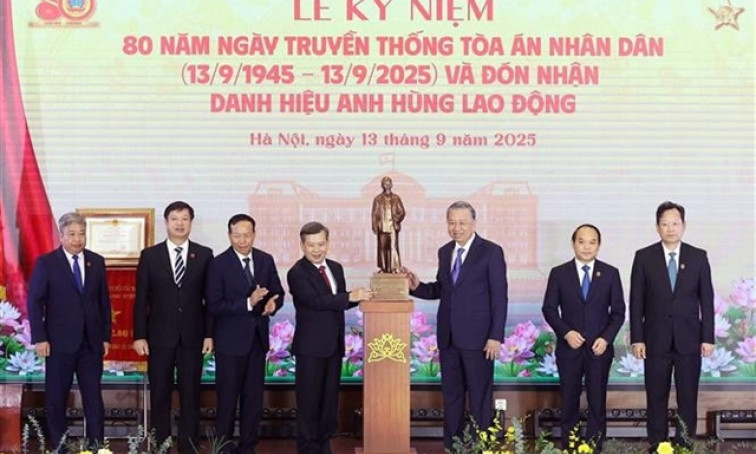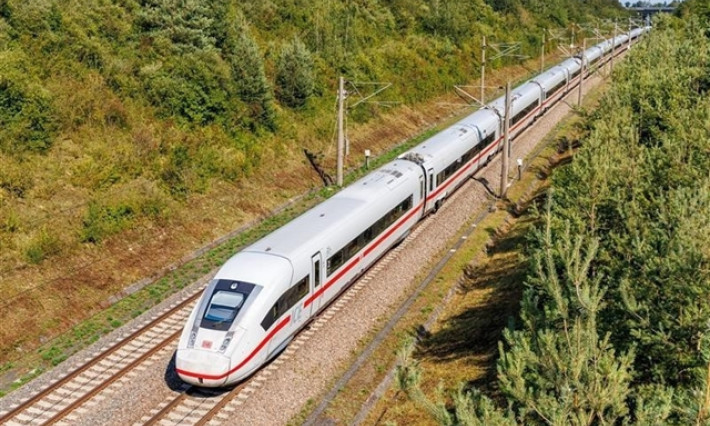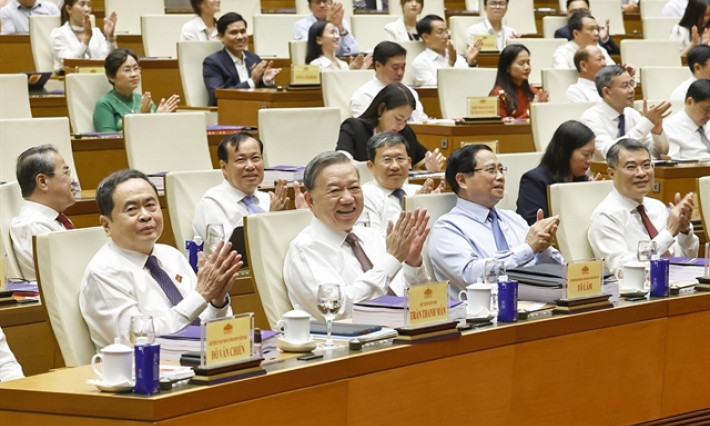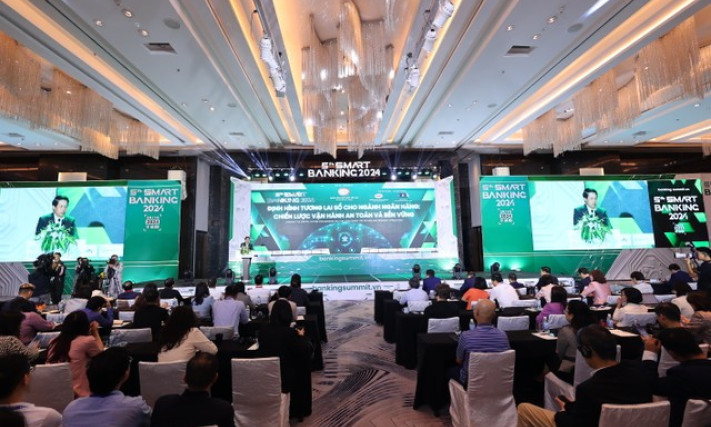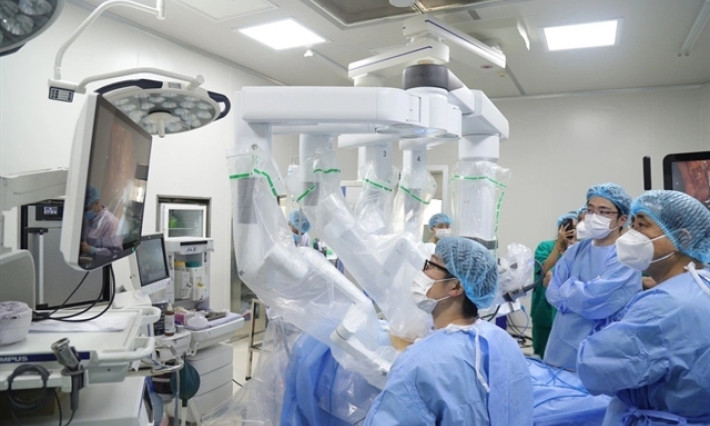Standardising regulations for green buildings
Although Việt Nam is gradually establishing standards for green materials, there is currently a lack of specific regulations for assessing and managing the quality of these materials.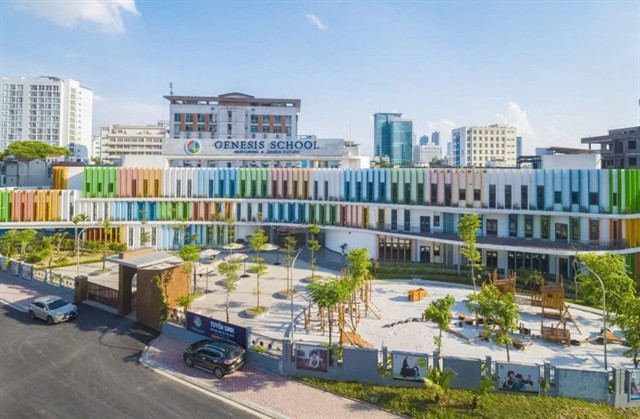
Many green buildings are being constructed in Hà Nội and across the country to minimise environmental impacts, protect human health and provide top-quality living conditions.
However, the number of green buildings remains relatively modest.
Experts have identified several obstacles and recommended solutions to promote green projects, aiming towards smart, sustainable urban construction.
Identifying multiple barriers
According to Dr Ngô Thế Vinh, head of the Urban Economic Development Research Department at the Institute of Construction Economics (Ministry of Construction), a green building is one that, throughout its 'lifecycle' – from site selection, design, construction and operation to the phases of repair, renovation and reuse – meets criteria like the efficient use of resources, energy, water and materials and minimises negative impacts on the environment and human health.
Green buildings also protect natural landscapes, ecosystems and cultural heritage, while providing residents with the highest quality living conditions.
Vinh told kinhtedothi.vn many green buildings were being or had already been constructed in Hà Nội, such as the Việt Nam Securities Depository and Clearing Corporation headquarters and the High-Tech Complex and Samsung R&D Centre in Bắc Từ Liêm District, Genesis School in Tây Hồ District and the Ecohome 3 Project in Nam Từ Liêm District.
Green construction is on the rise nationwide. By September 2023, there were over 300 green buildings in Việt Nam, increasing to nearly 500 by mid-2024, with a total floor area of around 11.5 million square metres.
Deputy Minister of Construction Phạm Minh Hà pointed out that, with an average annual floor area of about 100 million square metres for residential and office buildings alone, not including industrial facilities and other types of buildings, the potential for green building development in Việt Nam remained vast.
However, the number of green buildings in Việt Nam was still quite modest compared to the number in other countries, including nearly 85,500 buildings in the US, over 18,200 in the UK, more than 2.1 million in India or over 8,700 in South Korea, noted Phan Thu Hằng, chairwoman of the Việt Nam Green Building Council.
One reason was that green buildings here were currently implemented only on a voluntary basis, without mandatory regulations. Developers' technical, technological and financial capacity limitations also made funding difficult to access.
Vinh explained that the cost of investment in green buildings was between 1.2 per cent and over 10 per cent higher than that of conventional buildings.
This required greater initial investment resources, even though green buildings would save energy, reduce emissions and make it easier to manage and operate in the long term, he said.
Meanwhile, one of the main obstacles is the cost of green materials, as their production costs more than for traditional materials, making it difficult for construction contractors or consumers to access and use them, according to engineer Lê Cao Chiến from the Centre for Equipment, Environment and Occupational Safety.
Although Việt Nam is gradually establishing standards for green materials, there is currently a lack of specific regulations for assessing and managing the quality of these materials.
Numerous solutions needed
In Hà Nội, municipal authorities have identified promoting green buildings and smart urban infrastructure as strategic tasks needed for sustainable development, as the city aims to become a green, smart and modern city.
The city has issued several important policies.
Hà Nội is currently drafting legal documents to implement the 2024 Capital Law that focuses on building regulations, mechanisms and policies to promote the development of green, smart and sustainable urban areas with many green buildings.
These regulations will create a legal foundation for the long-term development of the capital city in this direction.
To encourage green building development, the city is implementing a programme to award the Green Energy title to industrial facilities and construction projects, according to Hoàng Minh Lâm, director of the Centre for Industrial Promotion and Development Consultancy under the Hà Nội Department of Industry and Trade.
This initiative reflects the city’s determination to promote sustainable development activities in general.
“The city needs to continue improving the legal framework and provide more specific and detailed regulations on standards, codes and processes for green buildings,” Lâm said.
“Additionally, it is necessary to enhance the quality of the workforce through training and development programmes for architects, engineers, contractors and project managers about green building practices,” he added.
Vinh suggested that a roadmap be issued to apply green building investment mechanisms to certain types of projects that use state budget funds in order to further promote green buildings.
“Furthermore, preferential policies and support for developers investing in green buildings are needed to create a favourable investment environment,” Vinh said.
Nguyễn Chiến Hữu, director at Văn Phú Invest Company, said that investors would like the Ministry of Construction to quickly remove regulatory barriers related to material standards, making it easier for businesses to invest and choose green materials.
Efforts should also be made to raise public awareness about green buildings to foster social understanding and motivation for green building investment, he said.

